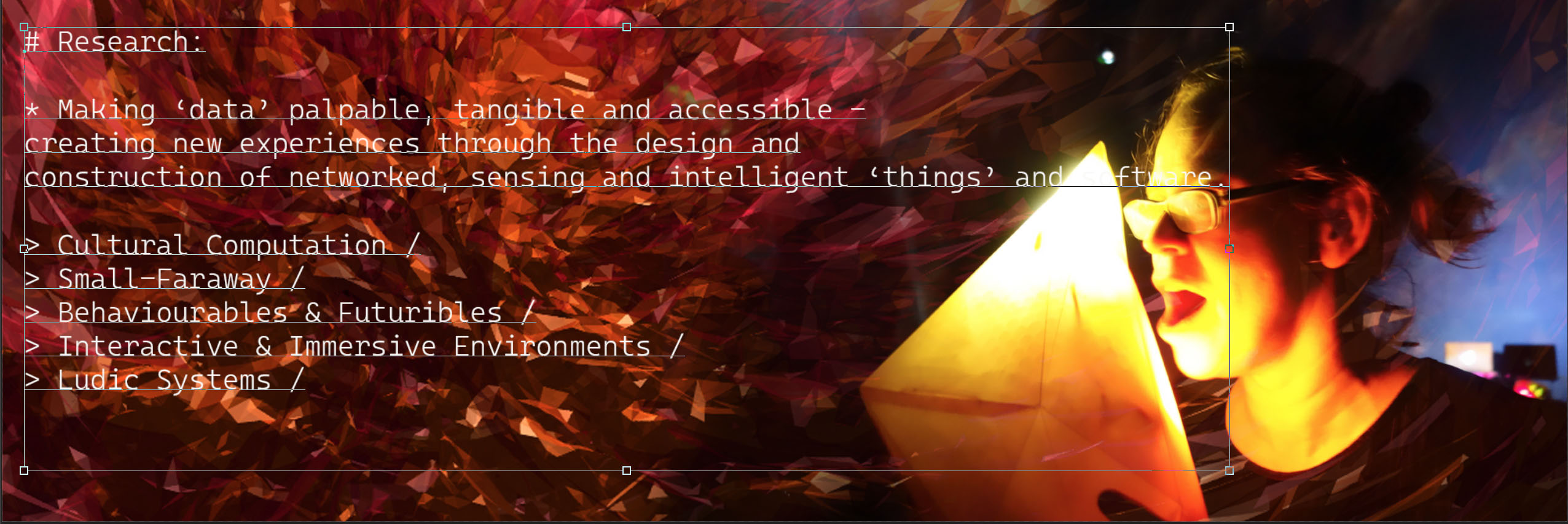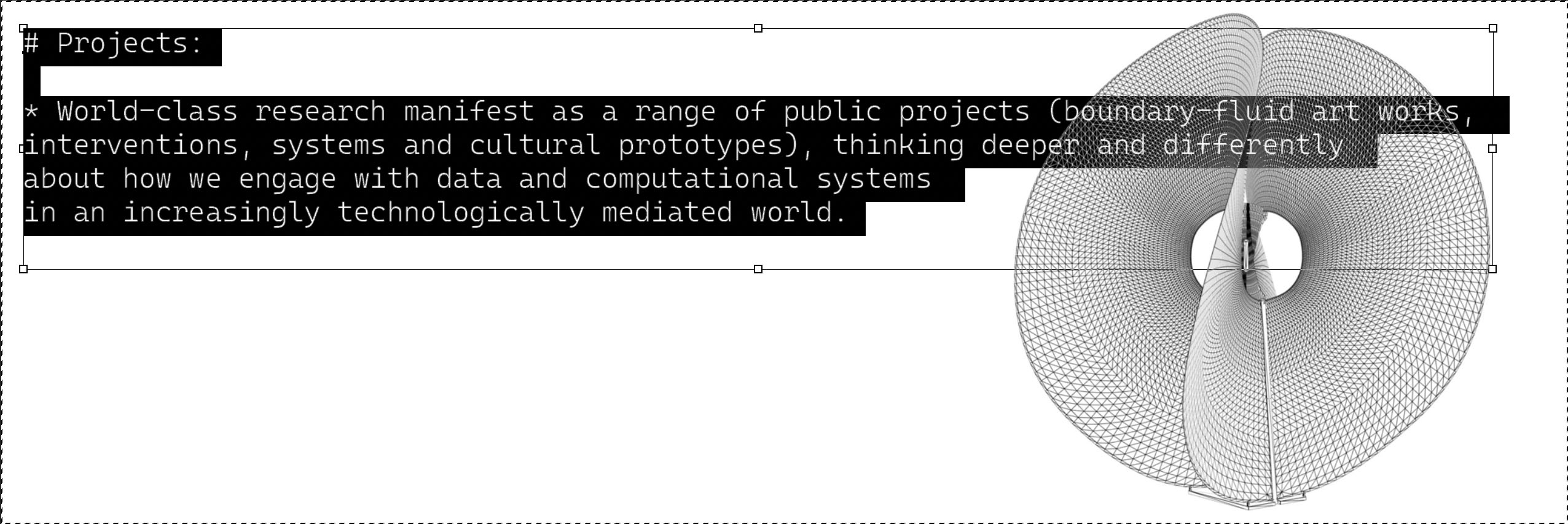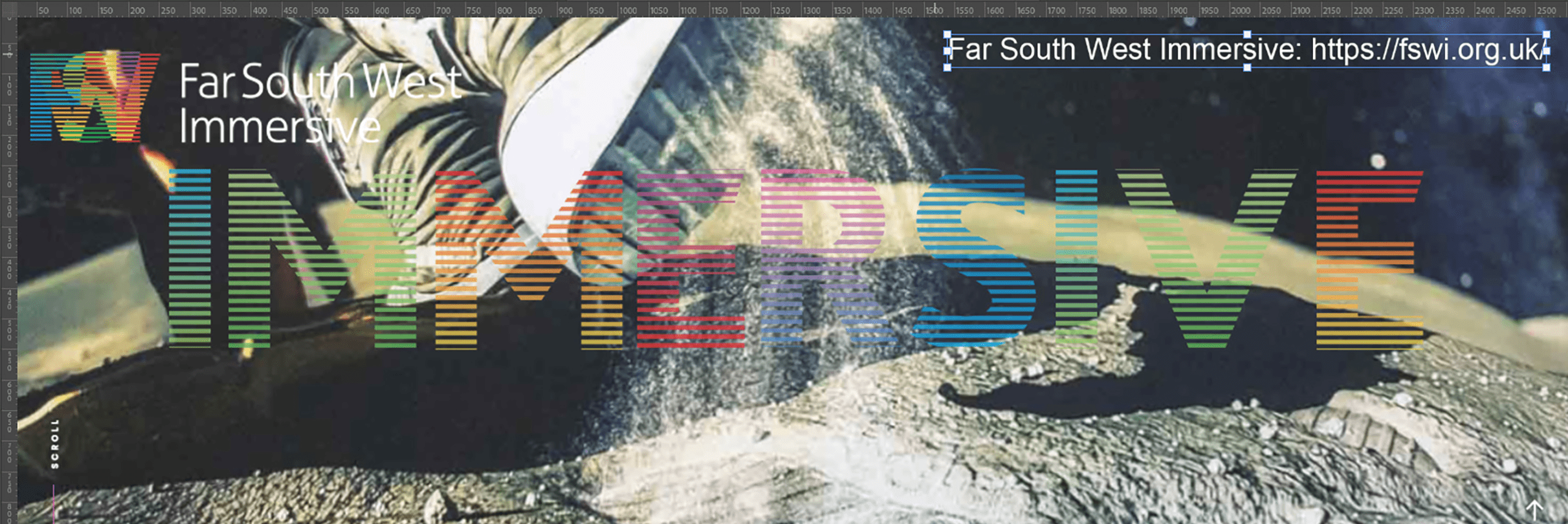“These are small…
but the ones out there are far away.
Small… far away.”
(Father Ted, 1996)
http://uvm2015.unb.br/
Mike Phillips is Keynote speaker at the Understanding Visual Music – UVM 2015 Conference in Brasilia, 10-12 June.
UVM2015 organised by:
- ANTENOR FERREIRA CORRÊA (University of Brasília, Brazil)
- SUZETE VENTURELLI (University of Brasília, Brazil)
- FRANCISCO BARRETTO (University of Brasília, Brazil)
- RICARDO DAL FARRA (Concordia University, Canada)
http://uvm2015.unb.br/index.php/2014-11-16-21-36-10/organizers

The hegemony of the eye and the instruments that capture the visible domain have left an indelible trace on our retinas and world-views. The invisible and the obscured, either because they are so infinitely big or nano-scopically small, have largely remained outside of our philosophical grasp, with the void being filled with the paranormal and occult.
Trans-scalar instruments, such as the Atomic Force Microscope and the radio telescope, reveal that there are more things in heaven and earth than dreamt of in these ocular philosophies. These images, created with no light or lens, require a reconsideration of our relationship with them and through them with the world outside. This new understanding lies just out of reach, flickering in the shadows cast by atomic forces and electromagnetic radiation.
In fact, the image and the eye may be a totally inadequate relationship for understanding the trans-scalar and the trans-disciplinary. Indeed the substrate for all these innovations is ‘data’, a ubiquitous (im)material that is poorly understood and lacking in form and tradition. To achieve a barely adequate level of comprehension we may need far more immersive forms to appreciate and experience its potential.
This immersion can be achieved, in part, through instruments that are increasingly being liberated from the scientific domain for creative use. The Fulldome, for instance, catalysed by a shift in digital technologies, is being transformed from a space for stars and science to a place for creative expression and transdisciplinary experience. Things that are felt and heard and not just seen.
For if we listen very carefully we may find that these things are not so small and not so far away.
Keywords: Data, transcalar, nano, fulldome,
References: Father Ted. “Hell.” Episode 1, Series 2. Directed by Declan Lowney. Written by Graham Linehan and Arthur Matthews. Performed by Dermot Morgan. Chanel 4, 8 March 1996.

Understanding Visual Music was born from the idea of knowing better the conceptual roots of this art. The first edition of UVM was held in Montreal, 2011. In 2013 the event was hosted in Argentina, and in 2015 Brasília will have the mission to host this important event.
Understanding Visual Music – UVM 2015 Symposium focuses on research-creation processes and multiple relations between art, science and new technologies that are key factors in obtaining creative results, when working with a universe composed of moving images and organized sound.
Thus, 2D and 3D animation, electroacoustic music, image processing, sound design and the digital arts in general, can be intertwined with the most diverse techniques and technologies, and even with unexpected areas of science, in generating the complex blending supporting the so-called “visual music”.
The symposium activities will take place on June 10th, 11th, and 12th at the University of Brasilia and the Bank of Brazil Cultural Center. It will include sessions with paper presentations, roundtables, panels, workshops and visual music concerts.
Background
The term “visual music” has been used to describe a wide array of creative approaches to working with sound and image. It may refer to “visualized music” in which the visual aspect follows the sound’s amplitude, spectrum, pitch, or rhythm, often in the form of light shows or computer animation, while in other instances it may refer to “image sonification” in which the audio is drawn from the image in some fashion.
Visual music is also understood as a type of image discourse that aims to incorporate the non-representational qualities of music, following in this sense the idea of absolute music.
Sometimes visual music describes a non-hierarchical correlation between sound and image, in which both are generated from the same algorithmic process, while in other instances, they are layered without hierarchy or correlation altogether. Both sound and image may be presented live, fixed, or as part of an interactive multimedia installation.






You must be logged in to post a comment.